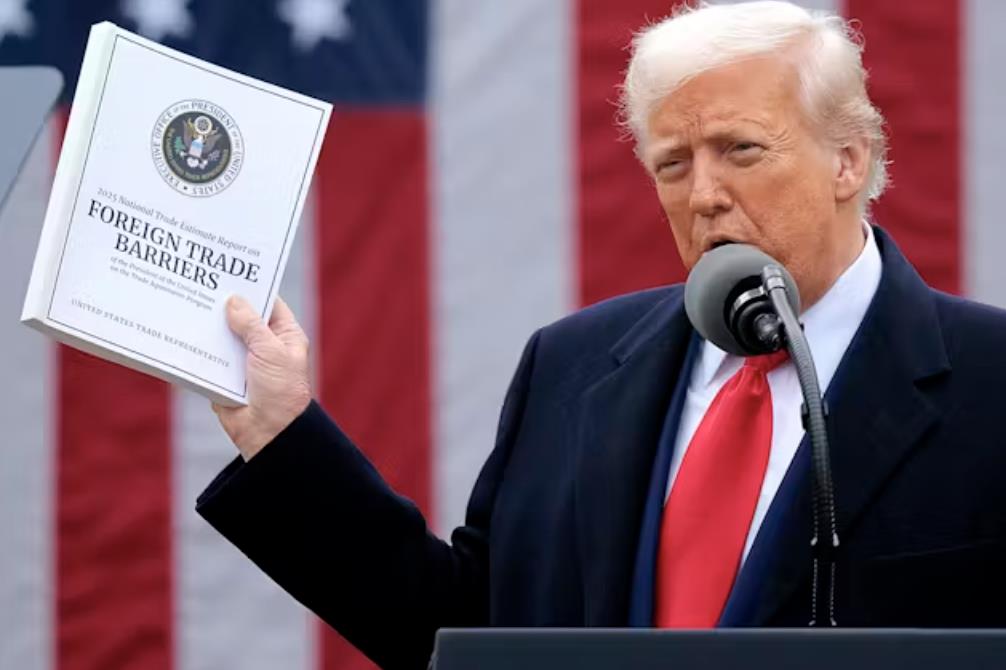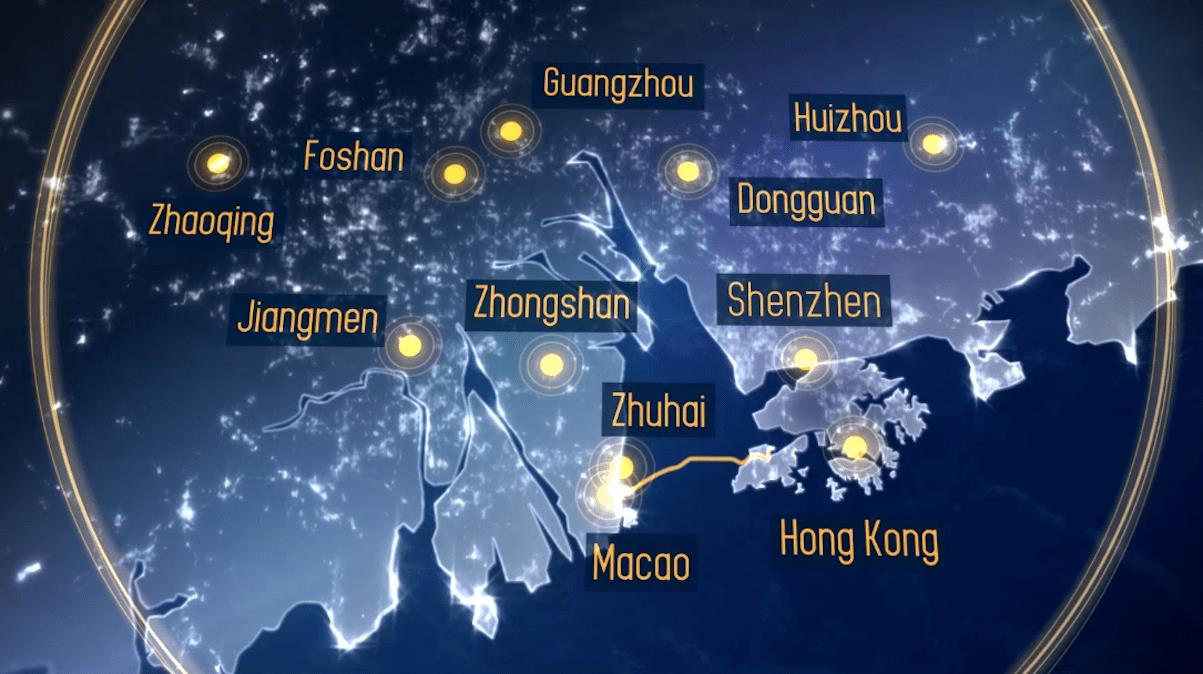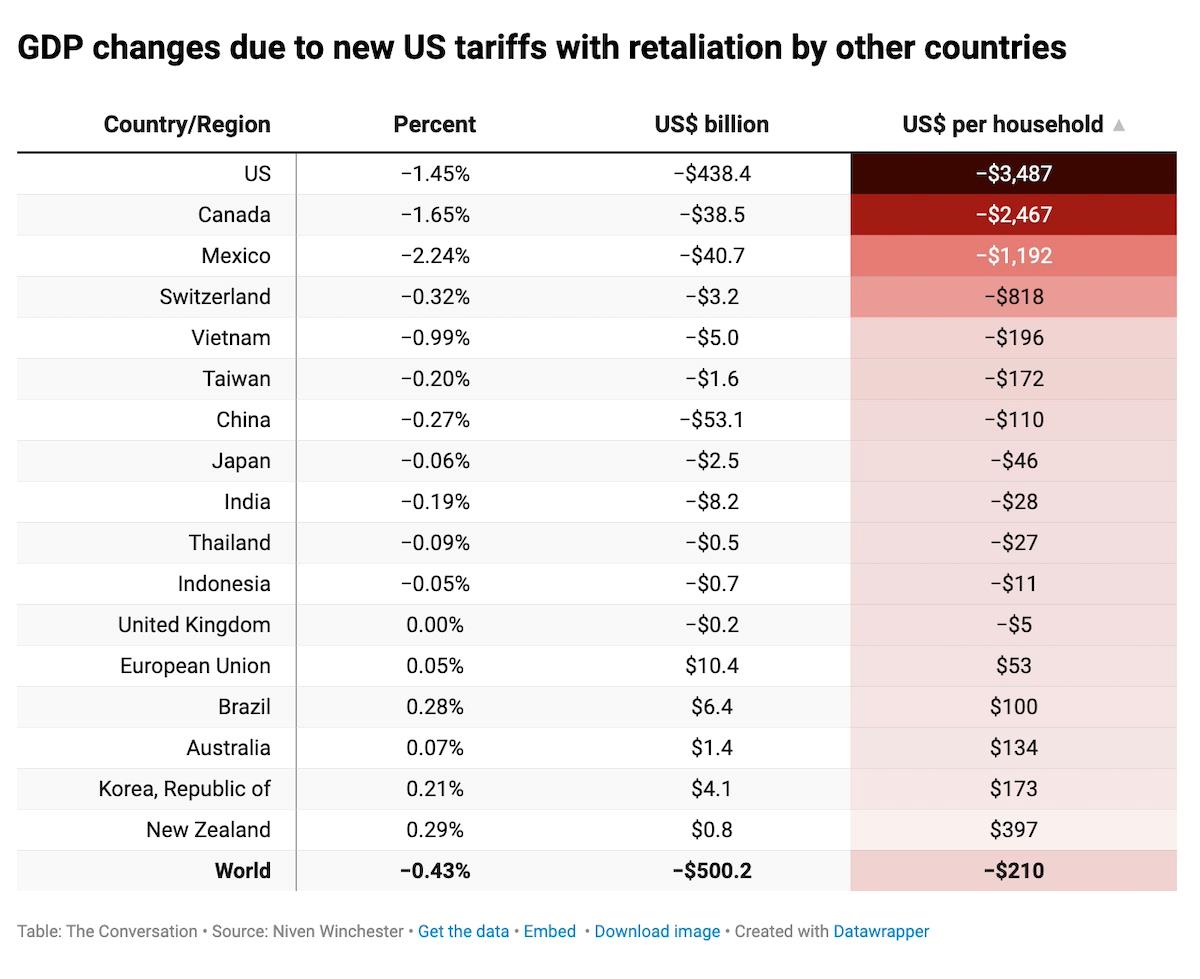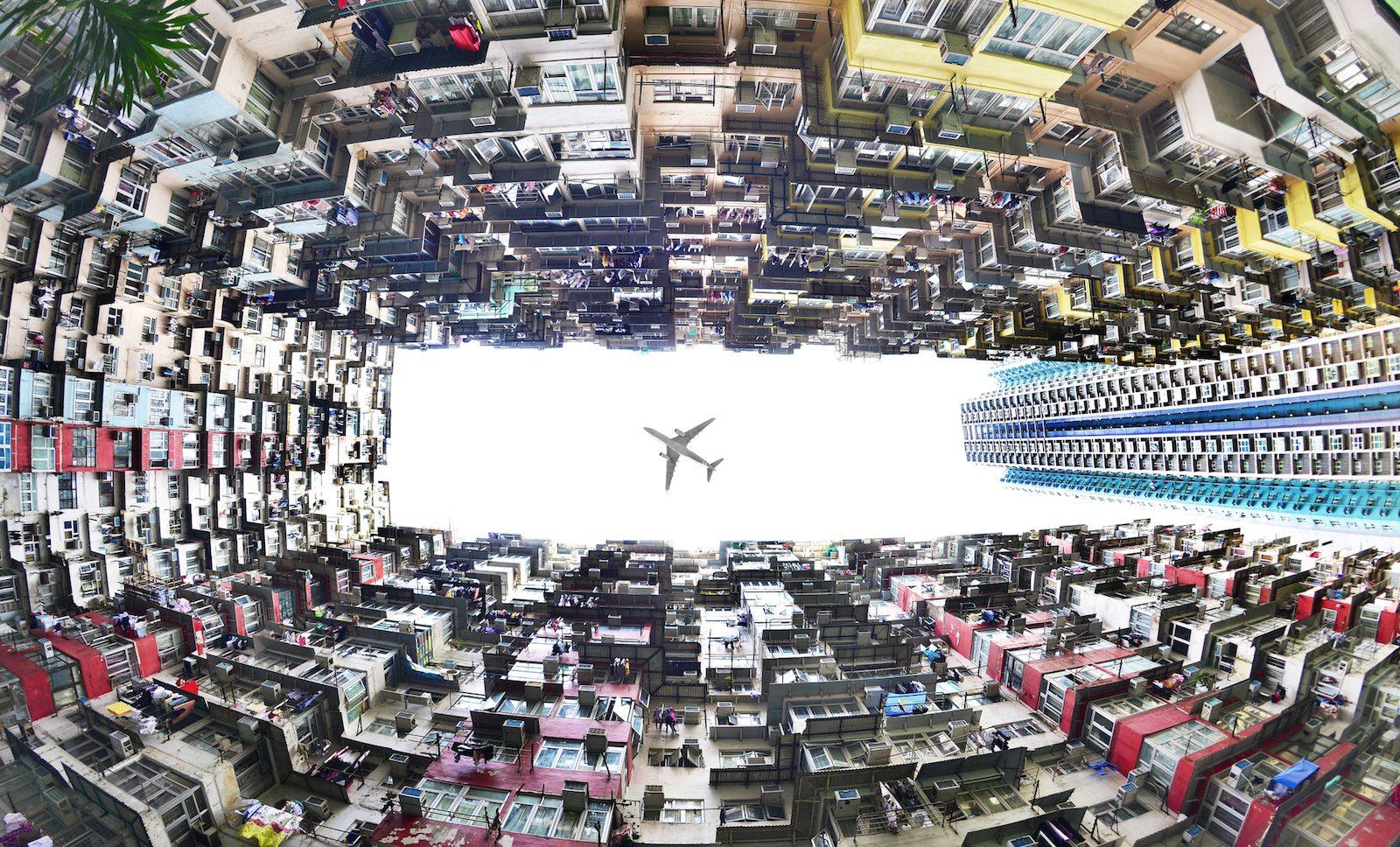
Trump's 'Liberation Day' Tariffs Will Hit US Hardest
The US administration claims these tariffs on imports will reduce the US trade deficit and address what it views as unfair and non-reciprocal trade practices. Trump said this would
The“reciprocal” tariffs are designed to impose charges on other countries equivalent to half the costs they supposedly inflict on US exporters through tariffs, currency manipulation and non-tariff barriers levied on US goods.
Each nation received a tariff number that will apply to most goods. Notable sectors exempt include steel, aluminum, and motor vehicles, which are already subject to new tariffs.
The minimum baseline tariff for each country is 10%. But many countries received higher numbers, including Vietnam (46%), Thailand (36%), China (34%), Indonesia (32%), Taiwan (32%) and Switzerland (31%).
The tariff number for China is in addition to an existing 20% tariff, so the total tariff applied to Chinese imports is 54%. Countries assigned 10% tariffs include Australia, New Zealand and the United Kingdom.
Canada and Mexico are exempt from the reciprocal tariffs, for now, but goods from those nations are subject to a 25% tariff under a separate executive order.
Although some countries do charge higher tariffs on US goods than the US imposes on their exports, and the“Liberation Day” tariffs are allegedly only half the full reciprocal rate, the calculations behind them are open to challenge.

Legal Disclaimer:
MENAFN provides the
information “as is” without warranty of any kind. We do not accept
any responsibility or liability for the accuracy, content, images,
videos, licenses, completeness, legality, or reliability of the information
contained in this article. If you have any complaints or copyright
issues related to this article, kindly contact the provider above.























Comments
No comment